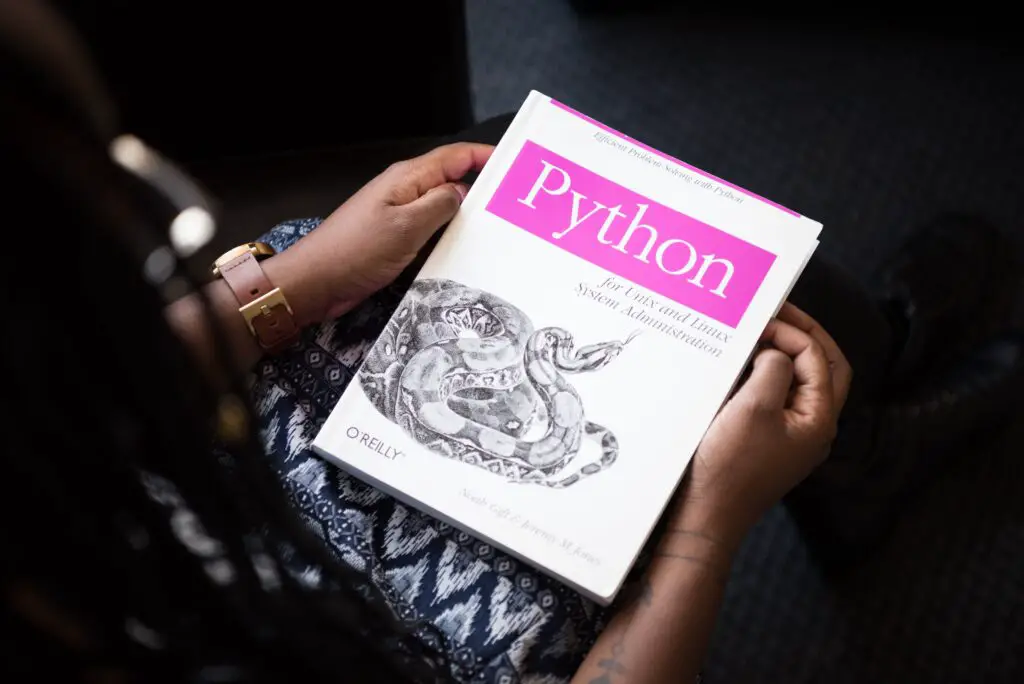Unveiling the Enigma:
Python Modulo Operator
In the vast realm of Python, where code dances in the rhythm of syntax and logic, the modulo operator emerges as a silent maestro, conducting an orchestra of mathematical marvels. Beyond its modest appearance—a percentage sign embedded in the code—lies a potent tool that transcends mere arithmetic. Today, we embark on a journey to unravel the nuances, the applications, and the untold stories concealed within the folds of the Python modulo operator.

The Dance of Remainders:
Understanding the Modulo Operation
In the elegant tapestry of arithmetic, the modulo operator dons the cloak of an alchemist, extracting the elixir of remainders. As we delve into its intricate choreography, we find that the modulo operation, symbolized by the percentage sign (%), unveils the enigmatic remainder when one number is divided by another. Picture this: A symphony of division unfolds, and amidst the quotient, a lone remainder takes center stage, embraced by the modulo operator’s spectral arms.
To fathom the dance of remainders, consider the following expression: a % b. Here, ‘a’ represents the dividend, ‘b’ the divisor, and the result, akin to a spectral residue, is the remainder. Python, with its benevolent syntax, renders this operation seamlessly, making the modulo operator a cipher for the echoes of division. This dance holds profound implications, steering us into the realm of cyclic patterns, prime number identification, and modular arithmetic—a celestial ballet where numbers pirouette with grace, leaving behind remnants of their mathematical pas de deux.
Cyclic Cadence:
Modulo in the World of Circular Arithmetic
Behold the mesmerizing waltz of circular arithmetic, where the modulo operator emerges as a guiding compass, navigating the labyrinth of cyclical patterns. In the realm of timekeeping, the modulo operation orchestrates a celestial dance, ensuring that the clock never loses its rhythmic heartbeat. Picture a clock face adorned with twelve numerals—a temporal ballet where the hands, like mathematician-dancers, twirl around the circumference.
As the seconds hand completes its revolution, the modulo operator steps in, ensuring a return to the starting point—zero. This cyclic cadence extends beyond time into myriad applications, from indexing arrays in computer memory to rotating coordinates in geometric spaces. The modulo operator, akin to a cosmic conductor, introduces a harmonious loop, allowing numbers to traverse the circular stage with perpetual elegance. It is within this dance that the modulo operator whispers the secrets of periodicity, inviting us to synchronize our code with the cosmic rhythm.
Python’s Playground:
Modulo in Code Structures and Control Flow
In the kingdom of code, the modulo operator ascends the throne, presiding over structures and control flow with regal authority. Imagine a kingdom of lines of code, each vying for attention in the grand tapestry of a Python script. Here, the modulo operator emerges as a benevolent monarch, orchestrating order within chaos.
Within the palace gates of control flow statements, the modulo operator dons the crown of decision-making. A knightly if statement may stand guard, ensuring that only numbers divisible by a certain value pass through unscathed. The while loop, a loyal servant, may obey the modulo operator, executing its duties until the remainder surrenders to zero. In this realm, the modulo operator becomes the scepter of order, bestowing structure upon the whims of code execution. As we navigate the corridors of Python’s playground, the modulo operator stands as a sentinel, shaping the destiny of algorithms and the flow of logic.
Primal Whispers:
Identifying Prime Numbers with the Modulo Operator
In the sacred scrolls of number theory, the modulo operator reveals its divinatory prowess, allowing Python adepts to decipher the primeval whispers hidden within numerical sequences. Picture a scroll unfurling, inscribed with an incantation of primes, and the modulo operator as the mystical key that unlocks their sacred chambers.
To unveil the primality of a number, the modulo operator serves as a mathematical oracle. Through the arcane ritual of division, if a number ‘n’ exhibits no remainders when divided by any integer between 2 and the square root of ‘n,’ the modulo operator renders its verdict: prime. This primordial whisper echoes through algorithms designed to sift through numerical sands, identifying the chosen few that stand as guardians of mathematical mysteries. In this cryptic symphony, the modulo operator becomes a conduit to unravel the prime number enigma, an ancient language spoken in the tongues of remainders.
Modular Mastery:
Crafting Resilient Code with the Python Modulo Operator
In the crucible of software engineering, where code faces the crucible of real-world challenges, the Python modulo operator emerges as a stalwart ally—a master craftsman’s tool for forging resilient and efficient code. Picture a blacksmith’s forge, flames dancing in rhythmic patterns, and the modulo operator’s glow amidst the embers, a symbol of craftsmanship in the world of coding.
Within the artistry of modular arithmetic, the modulo operator empowers developers to craft code that transcends the constraints of linear thought. Through modular design, code components become interlocking pieces of a puzzle, forming a robust tapestry resistant to the fraying of complexity. Whether partitioning tasks in parallel processing or orchestrating the cyclic dance of data structures, the Python modulo operator lends its prowess to the architect, offering a brush to paint resilience and efficiency onto the canvas of code. In this symphony of logic and syntax, the modulo operator emerges as the unsung hero, a silent artisan shaping the future of codecraft.
In conclusion, the Python modulo operator stands not merely as an arithmetic tool but as a versatile artisan in the grand tapestry of programming. From the rhythmic dance of remainders to the circular ballet of cyclical arithmetic, from the regal authority in code structures to the primordial whispers of prime numbers, and finally, to the mastery of crafting resilient code—each facet reveals a unique nuance of the modulo operator’s elegance. As we traverse the landscapes of Python, let us continue to be attuned to the silent echoes of the percentage sign, for within its modest curves lies the key to unlocking mathematical mysteries and sculpting code with the finesse of a maestro.